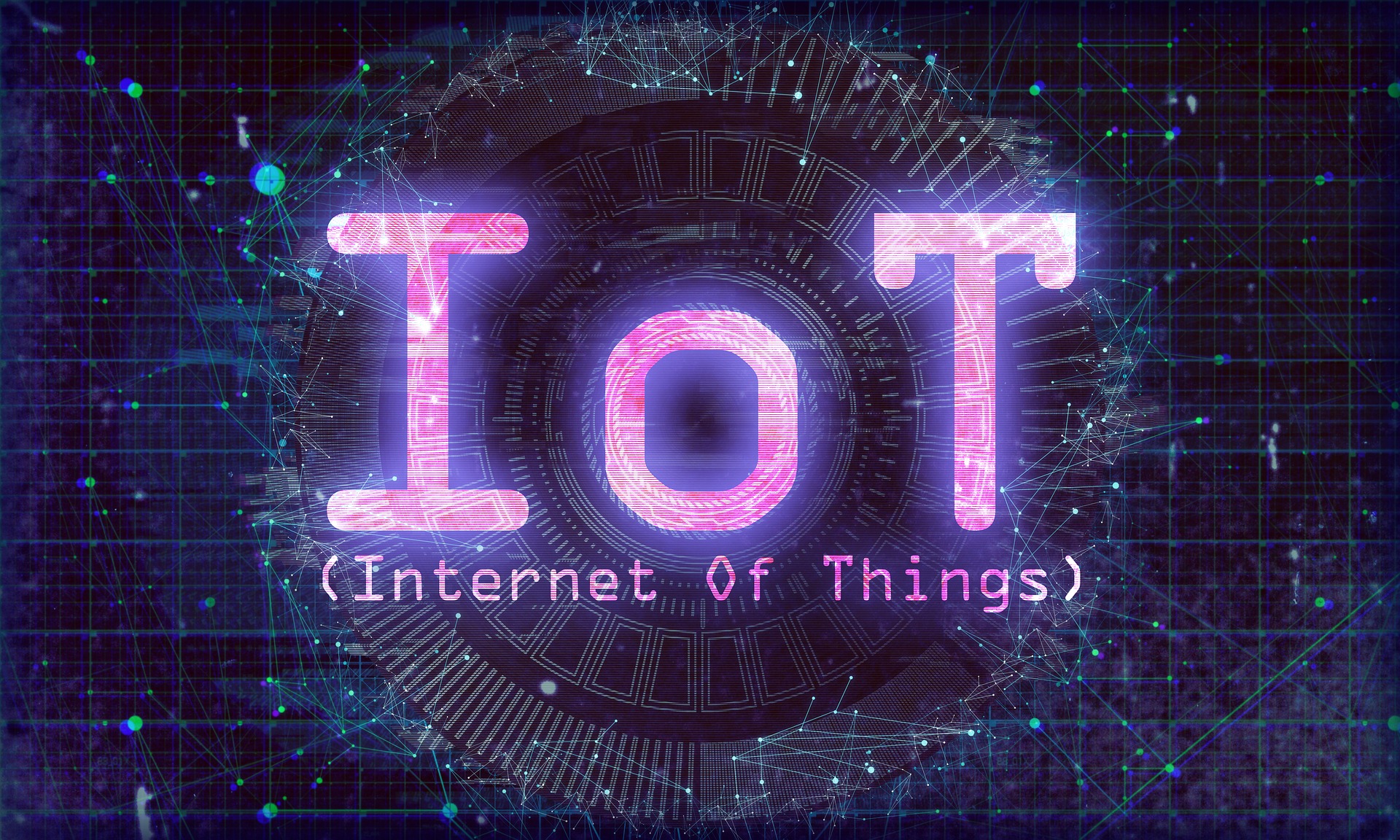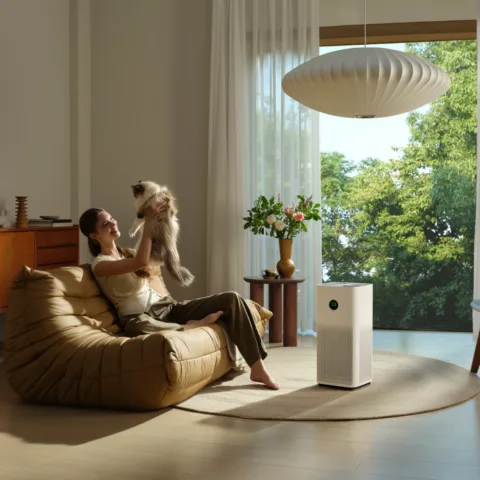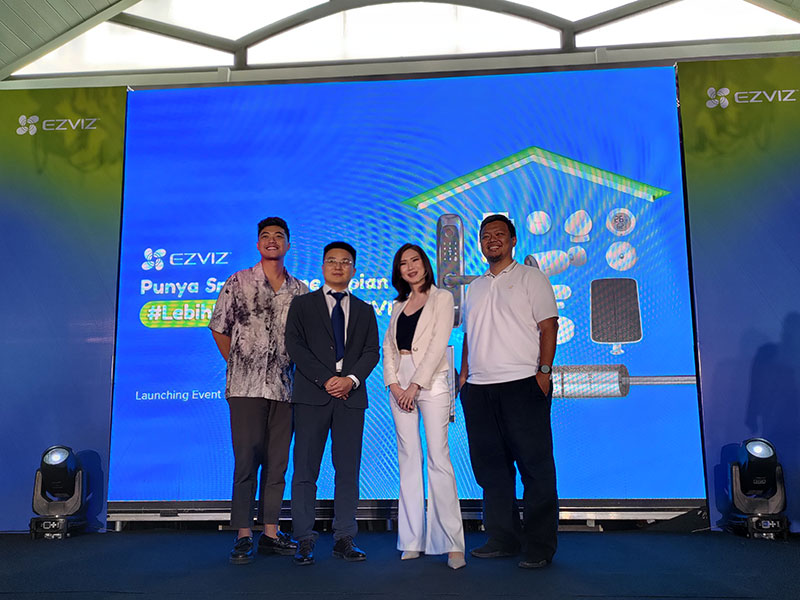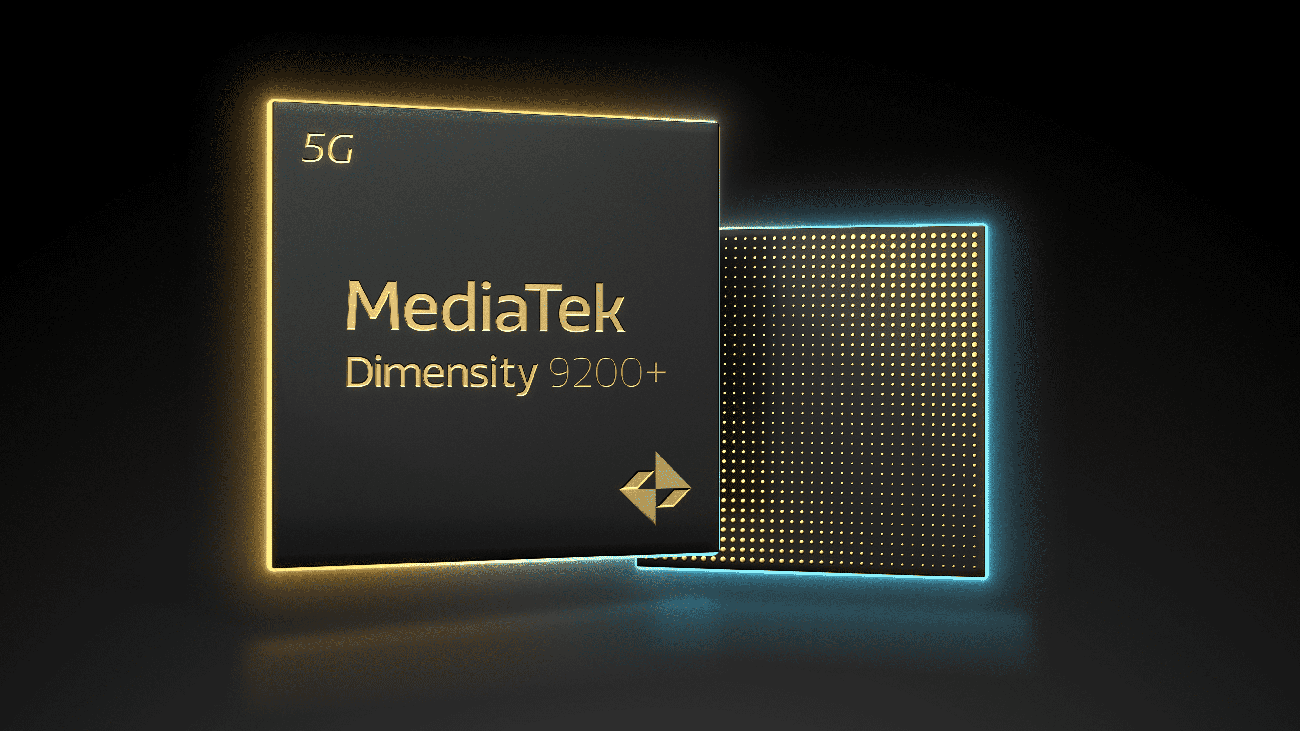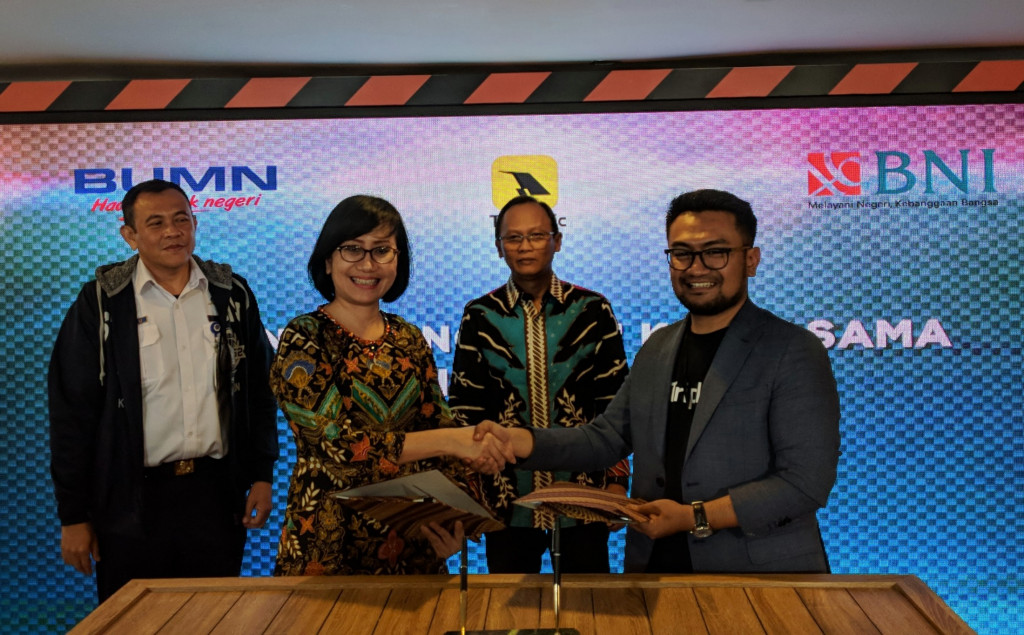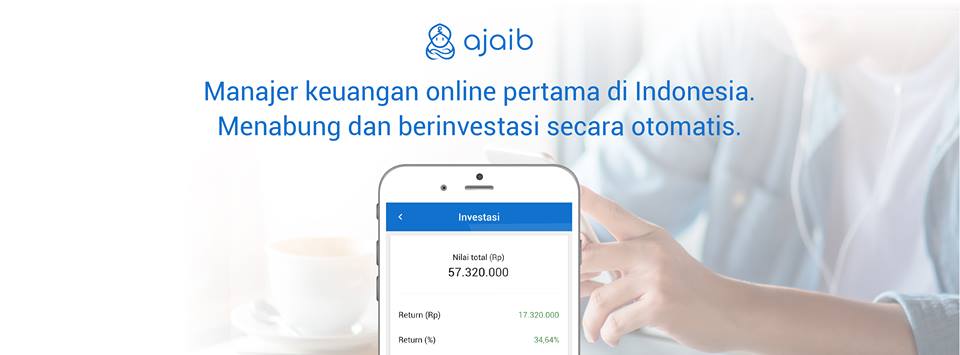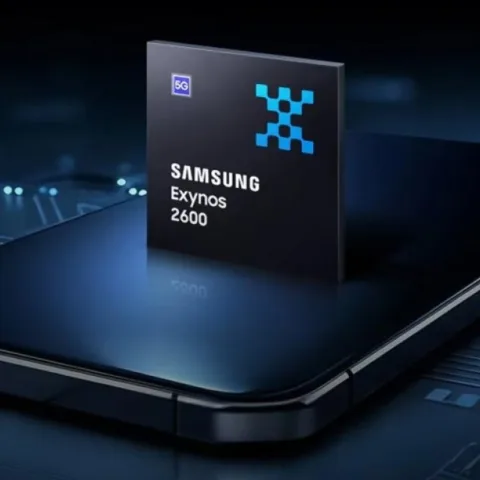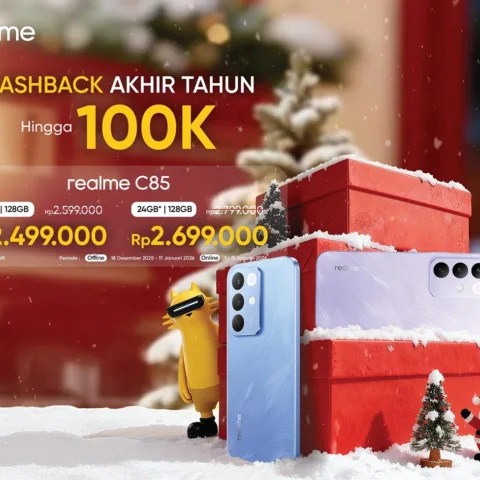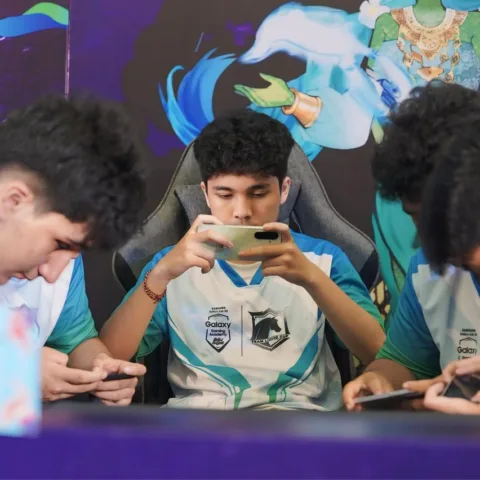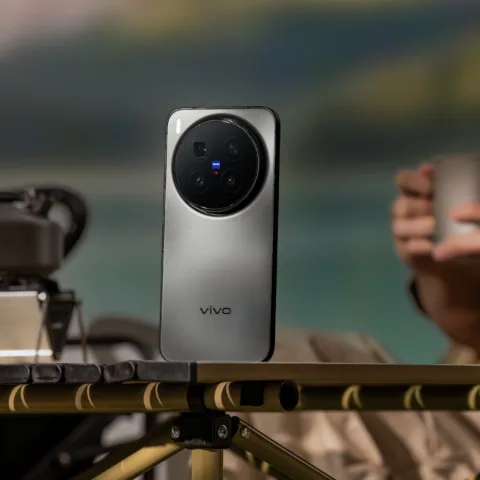The government, through the Ministry of Communication and Information (Kemkominfo), targeting the regulation regarding Internet of Things (IoT) industry to be issued by the end of 2018. It was meant to give legal guarantee for IoT industry players in the future.
However, IoT’s regulation draft is currently on its way to the Kemkominfo’s Legal Department and waiting for the government to make public trial to collect opinions from related stakeholders.
“Regarding public trial, we haven’t decided yet. However, the regulation to be issued will be in the form of Ministry Regulation (Permen),” I Ketut Prihadi Kresna, Indonesia’s Telecommunication Regulatory Department, said in a short statement to DailySocial.
IoT regulation will be focused on the connectivity element. There are three main points to regulate, technology, frequency, and standardization of IoT devices. Those are considered to be the most fundamentals in determining the objective of Indonesia’s IoT ecosystem development in the future.
M. Hadiyana, Kemkominfo’s SDPPI Director General, said that they will hold a trial in unlicensed frequencies to ensure no interference with telco operator’s frequency.
It’s the most awaited moment of IoT industry players in Indonesia using Low Power Wide Area (LPWA) technology, such as DycodeX. In fact, the government will control the kinds of technology to support IoT devices in Indonesia, either using 3GPP, non-3GPP, and non-satellite.
In terms of 3GPP-based devices, the supporting technologies are 2G/3G/4G/5G/NB-IoT. For non-2GPP and non-satellite devices, there are LPWA using LoRa and Sigfox technology, also Short Range Devices (SDR), such as Bluetooth, WiFi, and Zigbee.
The spectrum allocation for IoT device connection will be set based on licensed and unlicensed frequencies. The licensed ones consist of; Band 1 (2.100MHz), Band 3 (1.800MHz), Band 5 (800MHz), Band 8 (900mHz), Band 31 (450mhZ), and Band 40 (2.300MHz). In the unlicensed category, we have 2,4GHz and 5,8GHz.
TKDN is not yet a concern in IoT policies
The government doesn’t want to include a policy on Domestic Components (TKDN) in IoT Regulation. The thing is, the device market value as predicted of IDR 56 trillion is far less than the estimated content and application market value of IDR 192,1 trillion by 2022 according to Indonesia’s IoT Forum research.
“TKDN will not be regulated because the IoT devices market value in Indonesia is still lower than its app market. Later, when domestic device industry has developed and ready to take an opportunity in the Indonesian market, we can apply the TKDM policy,” he added.
Once it’s being regulated, the government ensures TKDN will not be applied to the manufacturing process but also from the product designing. TKDN percentage will be upgraded according to the industrial condition, therefore the domestic component industry will grow along.
While waiting for the industry to develop, the government encouraged for the rise of IoT maker in the area through the development of IoT lab facility in 2019. It’ll be a place for the makers to develop products and facilitate its commercialization in the future.
In the IoT roadmap presentation, this facility will be attached with 2G/3G/LTE/NB-IoT/LoRa technology with trial equipment for IoT solution. In the program development and implementation, the government expects a collaboration of relevant stakeholders, from telecommunication companies, universities, and communities.
Specifically, there are many activities to do in IoT lab. The maker can do prototyping, IoT device trials, exchanging insights, training, and incubation, including meetings between producers and customers.
–
Original article is in Indonesian, translated by Kristin Siagian

